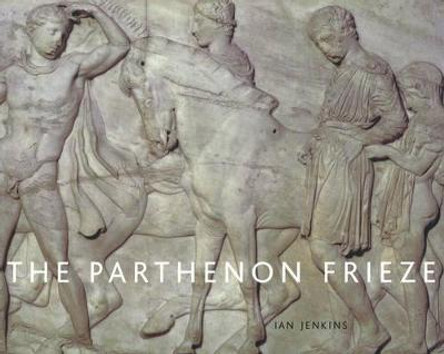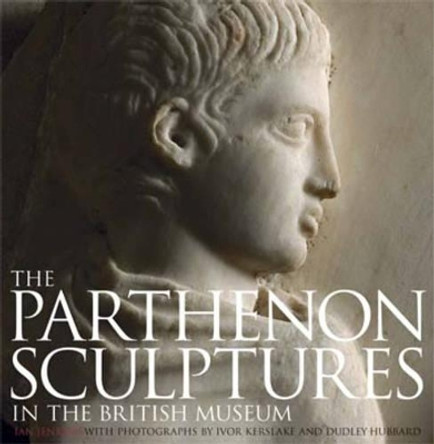The Discobolus or discus-thrower is a marvellous classical piece of sculpture that over time has come to mean different things to different people. Originally cast in bronze by the fifth-century BC sculptor Myron, the composition portraying an athlete preparing to throw his discus captures a moment of action perfectly: the tensed body looks as if it is merely pausing and about to burst into life at any moment. An enduring pattern of energy, Myron's statue of harmonious proportions is a fantastic representation of the athletic ideal and an embodiment of the male Greek body beautiful. Sadly, the original statue has long been lost; however, it was so admired by the Romans that numerous marble copies were made. This book tells the story of Myron's Discobolus both as an archaeological artefact and bearer of meaning. Focusing on the Townley Discobolus, the Roman marble copy excavated from Hadrian's Villa in Lazio, Italy, this illustrated introduction explores the history and significance of the statue - in both classical and modern times - in light of ancient discus throwing, Myron's other works, and the artistic, intellectual and philosophical context of the Greek world.
About the AuthorIan Jenkins was senior curator at the British Museum, where he iwas responsible for the ancient Greek collections.
Book InformationISBN 9780714122717
Author Ian JenkinsFormat Paperback
Page Count 64
Imprint British Museum PressPublisher British Museum Press
Weight(grams) 160g








